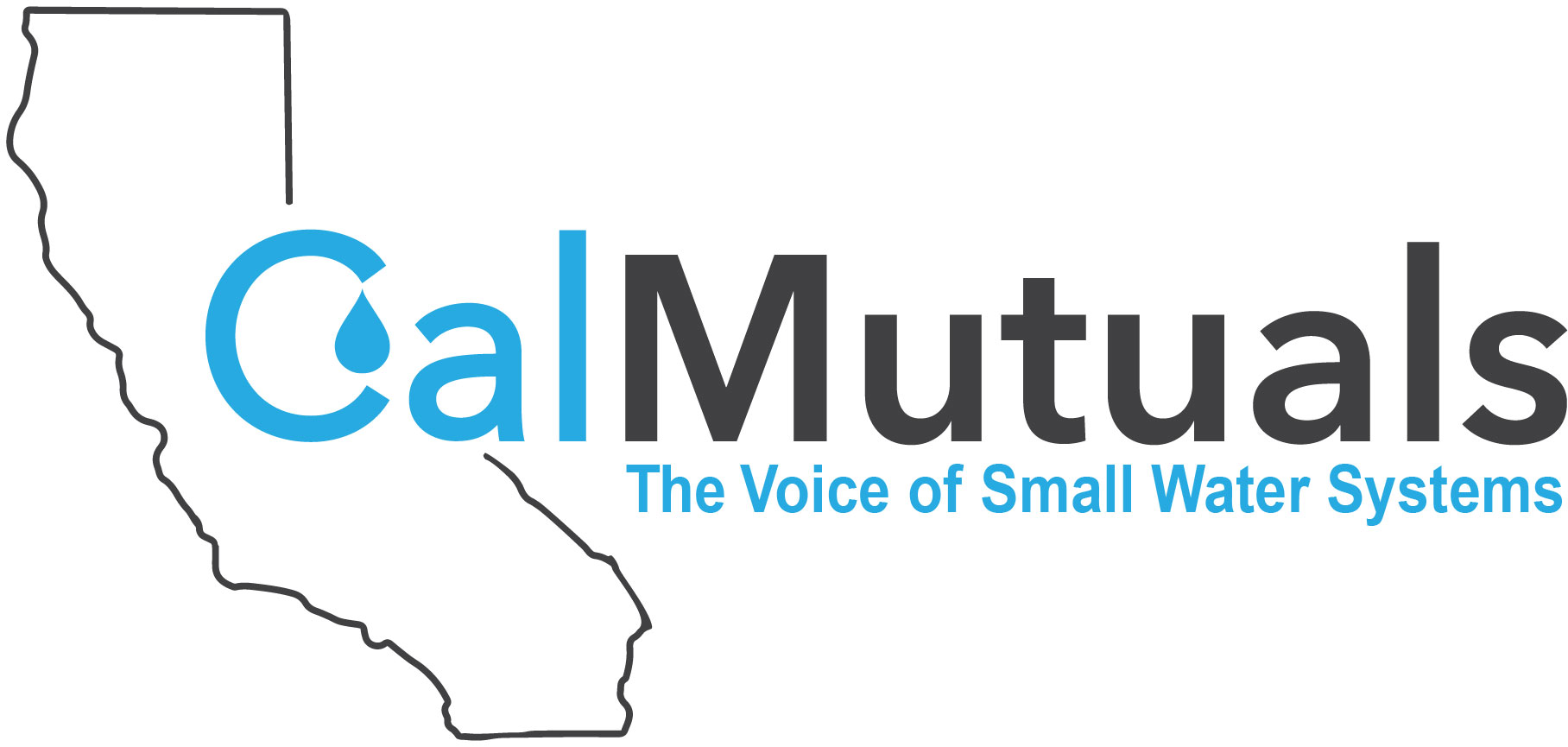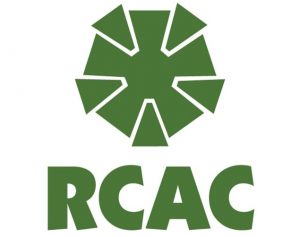Webinar | How to Prepare for Sanitary Surveys Part 2
Webinar OnlyIt is the ultimate responsibility of every operator, manager and board member to provide safe drinking water to their customers. The prevention and removal of contaminants from the water is an essential job function. Sanitary Surveys are a very important tool in helping water systems provide safe drinking water. The Groundwater Rule puts increased regulatory emphasis on conducting Sanitary Surveys and correcting deficiencies before they lead to water contamination events. This course will give participants an overview of how to prepare for a Sanitary Survey. Participants will learn: What a Sanitary Survey entails The benefits of conducting your own Sanitary Survey to provide safe drinking water to your customers The Sanitary Survey requirements in the Groundwater Rule How to access resources to help you prepare The recommended audience includes board members, general managers, financial managers and operators.

